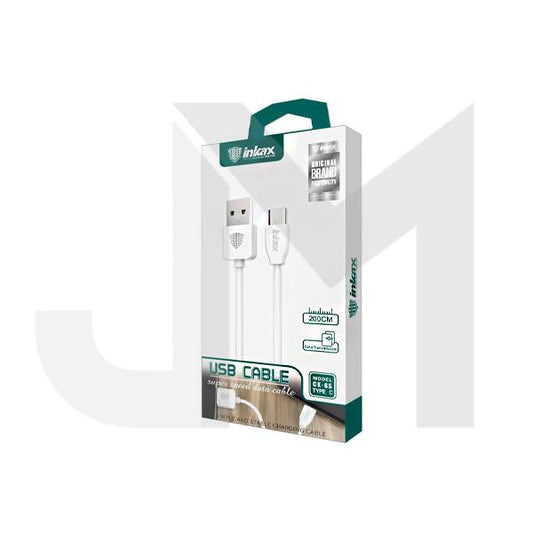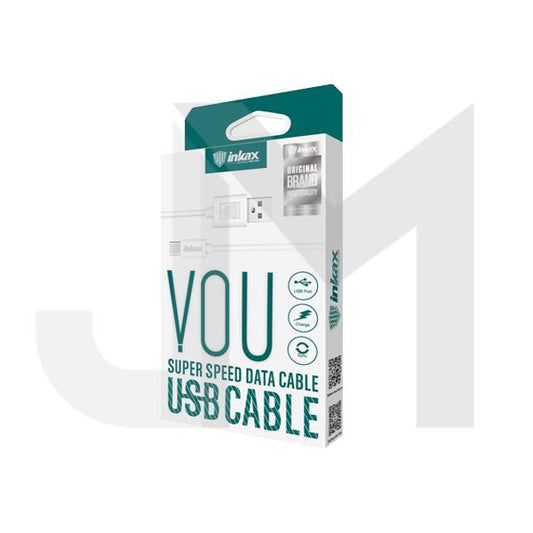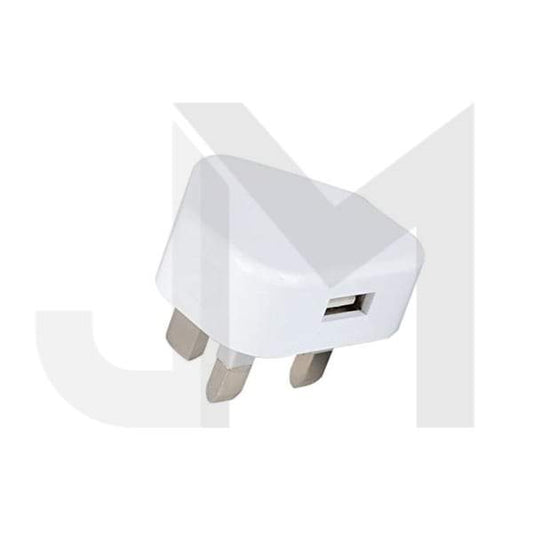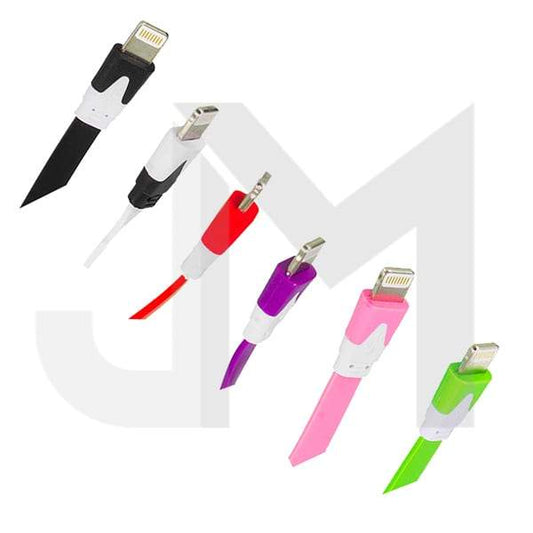
Inkax VOU Super Speed Data USB I-Phone Cable Cable 1M - CK13

Inkax Smart Home Travel USB Wall Plug Charger - HCB-02

Blaze iPhone USB Wall Plug Charger - Boxed

Inkax Samsung Type C Cable 2M - CK65

Inkax Samsung Type C Data Cable 1M - CK13

Wall Plug Power Adapter USB Connector

1m Flat iPhone Sync Data Charging Cable
JM Wholesale stocks a wide variety of charging cables including USB-C, Lightning, and Micro USB. These cover the most common types of smartphones, tablets, and other electronic devices – including certain vape kits that use USB-C or Micro USB charging ports.
The type of cable you need depends on your device’s charging port. iPhones use Lightning cables, most Android phones use USB-C, while older models or smaller electronics like certain vape devices may still use Micro USB. You can usually tell by looking at the shape of the port or checking the device’s manual.
While most USB-C cables share the same connector shape, they may differ in terms of charging speed and data transfer. Some are designed for fast charging or USB 3.0 transfer speeds. USB-C is also now commonly used for charging many vape devices, thanks to its compact size and efficiency.
JM Wholesale offers charging cables in a range of lengths to suit different uses. Shorter 1-metre cables are ideal for desk or car charging, while longer options like 2 or 3 metres are great for use around the home. These are handy whether you're charging your phone, tablet, or even your vape device across the room.
Yes, longer cables can still perform well as long as they are high quality. JM Wholesale’s stock includes cables designed to maintain charging speeds across various lengths. This is important for consistent performance, especially if you're charging power-sensitive items like phones or vape kits.
USB-A is the traditional rectangular connector found on many older plugs and devices, while USB-C is smaller, reversible, and supports faster charging. Devices like newer smartphones and vape kits increasingly use USB-C for its speed and convenience.
Yes, JM Wholesale stocks fast charging plugs that support Quick Charge 3.0 and Power Delivery for rapid charging. These are ideal for modern smartphones and also useful for vape devices that support fast USB-C charging, cutting down the time needed to top up the battery.
That depends on the cable’s plug-end connector. For example, if your charging cable is USB-A to Micro USB for a vape kit, then your plug needs a USB-A output. Some newer cables are USB-C to USB-C, which require a compatible plug with a USB-C output. JM Wholesale offers both types to suit a wide range of devices.
Yes, many of the charging plugs sold at JM Wholesale have dual or multiple USB ports, allowing you to charge two or more items simultaneously. That means you could charge your mobile phone and vape device at the same time from a single plug.
Absolutely. These charging plugs and cables work with phones, tablets, wireless earbuds, portable speakers, and many vape devices. As long as you use the right connector and voltage, the accessories will be suitable for a wide range of everyday electronics.
Yes, JM Wholesale stocks 3-in-1 charging cables that include USB-C, Micro USB, and Lightning connectors all in one. These are perfect for households or shops with a mix of devices – from Apple and Android phones to vape kits that still use Micro USB.
Yes, all charging products at JM Wholesale are sourced from reputable manufacturers and meet UK safety standards. Many are CE certified and designed with features like surge protection, helping ensure safe use with both smartphones and vape devices.